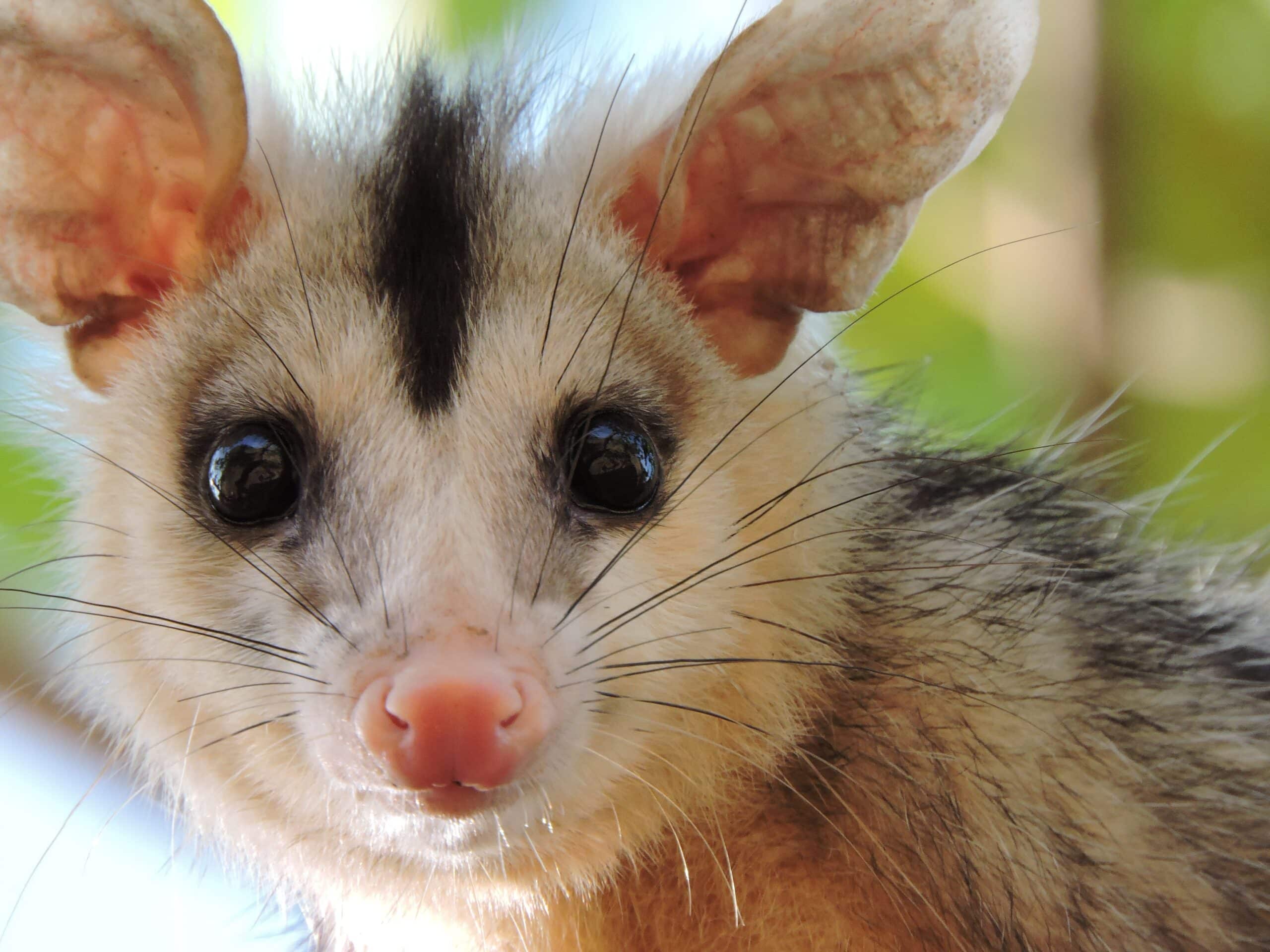
Pumas (also known as cougars, mountain lions, and panthers) are some of the most captivating animals on the planet. We’ve all seen majestic images of them lounging on a tree branch or sprinting across an open field. But what do we know about them? This blog is here to bring you an up-close experience of this enigmatic species and take a deep dive into their biology, ecology, and conservation. Brace yourself for a wild ride!
Introduction to the Puma
The puma, also known as the cougar, mountain lion, panther, or catamount, is a powerful predator in the Americas and an iconic symbol of wilderness and conservation. However, due to their tendency to live away from humans and the difficulties of their study in remote habitats, only a few people are familiar with the biology and ecology of this fascinating species.
This article provides an overview of the world of the puma and its relationships with humans, from its natural history to its ongoing conservation efforts. General aspects of puma biology—including physical appearance and behavior—are discussed first. Subsequently, their ecology—which covers habitat selection and diet—is described before examining puma-human interactions throughout history. The article concludes with a review of current conservation attempts for pumas in various parts of their range.
Physical Characteristics of the Puma
Pumas are large animals with powerful, muscular bodies. They are approximately 30–35% larger than the average house cat. Adult males can reach up to 8 feet in length and weigh up to 200+ pounds. In comparison, adult females are smaller at around 75–135 pounds and 5–7 feet in size.
Pumas have thick, medium-length coats with tan and gray markings. The coat helps protect them from inclement weather and provides camouflage for hunting prey. Their faces are marked by two wide black bands encircling their eyes and mouth. Their ears have black tips lined with long tufts of fur, giving them excellent hearing. Some areas, such as the Rockies and desert Southwest of North America, may take on more reddish-brown coats during the summer months; meanwhile, in other regions, they may become almost entirely grey or even white during colder times of the year.
Pumas also possess sharp eyesight that helps them locate prey from afar, especially at night when most of their hunting occurs. They also have great agility and strength due to their powerful legs, which can help launch them up high into trees for cover or provide quick bursts of speed when chasing after their prey on the ground. Finally, they possess a “throatlash“—an extra flap skin underneath their chin used mainly while standing or running—which gives additional stability while running through steep terrain or jumping across obstacles during hunting pursuits on land or water alike!
Habitat and Range of the Puma
The habitat and range of the puma or catamount are wide and varied. They can be found from British Columbia, Canada, to Patagonia, Argentina. Puma habitats include woodlands, grasslands, coniferous forests, western hillsides, and exurban deserts. Because of their extensive range, the puma is one of North America’s most adaptable and wide-reaching land predators.
In most parts of their range, populations are not permanent. Still, areas may have different seasonal concentration levels that fluctuate according to the territory’s hunting opportunities and available prey species. Seen as a solitary species for most of the year, pumas occasionally form small groups during breeding seasons and limited territories when population numbers are high. Because they hold part within more significant landscapes, pumas require substantial home ranges to populate both hunting grounds & safe passageways between them without being exposed to rival cats or human activity.
The average home range size for an adult male may be as large as 200 square miles; in comparison, females can be up to 100 square miles depending on habitat quality and availability of food sources such as deer, which constitute the primary food source for most North American Puma populations.
Puma Diet and Hunting Habits
Pumas feed primarily on ungulate species, such as deer and elk, but they also hunt rodents, hares, birds, and small reptiles. They are mainly located in the western United States, Canada, and Mexico.
Pumas have a varied hunting style depending on their prey – they may use ambush or stalking techniques for large game like deer or elk or pursue smaller animals using a sprint-pounce method where they run fast for a short distance jump onto their prey to make the kill. Pumas are solitary hunters, typically working alone to secure food for themselves and any young.
Out of all their adaptations for hunting ungulates, the most impressive is their ability to scale trees with grace and ease. By leaping agilely from branch to branch in pursuit of running prey, pumas can chase dinner from multiple angles without being detected by their quarry until it’s too late.
In addition to their formidable tree-climbing skills, pumas have incredible stamina – they can outrun an elk over long distances while hunting in deep snow due to the softness of their padded feet and strong muscles that help them traverse terrain quickly.
Reproduction and Development of the Puma
The puma is a typically solitary, nocturnal species, and breeding occurs throughout the year. Females reach sexual maturity at 1.5 to 3 years of age, and males may reach sexual maturity at age two or later, depending on the availability of food sources. Mating pairs will remain together for 1-2 days, and both genders are polygamous; individual animals will mate with several partners throughout their lifetime. The gestation period is approximately three months, and litters consist of one to six kittens, though the average litter size tends to average around two or three kittens.
Kittens are born deaf, blind, and toothless with a thick coat of spotted fur; these spots won’t last long as they grow older. They continue to nurse until roughly six weeks of age when they become independent enough to travel with their mother while she hunts for food. Kittens will stay with the mother until they are 16-18 months old before dispersing from the home range established by their parents in search of their territories. Male offspring disperse further from the parental domain than female offspring, meaning young males generally remain unassociated with one another unless mating opportunities arise later in life.
Young puma reaches sexual maturity much earlier than wild felines such as lions and tigers; females may only need two years after leaving the natal group before reaching sexual maturity, whereas lionesses typically require five years before becoming sexually mature enough to breed successfully on their own.
Human Interaction with the Puma
Many of the risks to the puma population come from human interaction. Despite being one of the least populated large cats, pumas have become increasingly threatened due to hunting, development, and habitat destruction. Pumas are now scarce in many regions where they used to be found historically.
The pressures faced by the cougar come from a variety of sources. Hunting for fur or trophies is one significant risk cougars meet, though their numbers are decreasing due to shrinking habitats and competition with other predators in their environment. Residential development is another significant threat as it destroys the natural habitat of these animals and causes a decrease in prey. As humans move into natural areas that were once living for the cougar, they quickly find themselves facing conflict with these animals as they can be aggressive towards humans and compete with livestock or pets for food or space within their shrinking territory.
The good news is that various wildlife conservation efforts are helping protect wild cougars and providing safe habitats for these graceful cats. Wildlife biologists work to create better management plans that focus on land use and hunting practices to conserve this iconic species due to their importance within the ecosystem, often looking for ways for people and cougars to coexist peacefully under any particular living arrangement.
This includes approaches such as habitat protection efforts through conservation groups like Defenders of Wildlife which have aided in protecting thousands of acres containing over 37 species essential for conserving biodiversity across North America, making them more stable homes than ever before for our wild puma population.
Conservation and Protection of the Puma
The conservation of the puma, also known as mountain lion, panther, catamount, or cougar, is a complex and pressing issue. While hunting and habitat destruction remain the greatest threats to this species – the chances of recovery and protection from extinction depend on understanding its ecology. Pumas have large home ranges, often spanning multiple states, making their conservation a challenging proposition demanding coordination between states.
Additionally, vigilant control is needed for poaching cases, responsible management of development, and implementation of wildlife corridor networks that allow for movement between isolated populations. In addition to augmenting existing people through reintroduction programs, the performance also includes careful management of public interaction with the species. Such interaction is essential to curtail human-wildlife conflicts arising from cougars targeting domestic livestock and pets when natural prey sources are scarce.
The challenge associated with conserving the puma demands collaboration across regions to ensure protection against exploitative hunting methods, habitat degradation due to increased urbanization and commercial activities, road mortality caused by vehicular traffic, and unchecked human-wildlife conflicts. The road ahead requires accounting for ecological systems while maintaining sensitive balances between healthy wildlife populations and uses of land resources by humans.
Conclusion
The puma is an incredible and diverse animal that can occupy a unique range of habitats across the continent. When it comes to maintaining a balance between humans, livestock, and natural predators, pumas demonstrate a level of adaptability that helps them to survive in many areas. Through their presence, they help maintain biodiversity within their ecosystems by controlling prey populations like deer and other small mammals.
Unfortunately, puma populations are declining due to various human-related threats such as hunting, habitat loss and fragmentation, and recreation activities in their habitats. For pumas to survive in the future, we must take proactive measures to protect their populations. This will require continued research into puma ecology and biology and collaboration between public organizations like parks and conservation efforts with local Puma Conservation Organizations (PCOs).
By understanding how human activities affect this species, we can put proper protections into place to ensure its long-term survival while allowing us to live harmoniously with this species in the wild. Our global citizens must recognize the importance of conserving this incredible creature so that future generations can experience its unique beauty intact.
Frequently Asked Questions
Q: What is a cougar?
A: A cougar, also known as a puma, mountain lion, or panther, is a large cat native to the Americas. It is the second-largest cat in the family, Felidae, after the tiger.
Q: What is the conservation status of cougars?
A: Cougars are considered a species of most minor concern by the IUCN and are listed in CITES Appendix II. They are protected in most of their range but are still threatened by habitat loss, poaching, and retaliatory killings.
Q: How large an area do cougars require?
A: Cougars require large habitat areas to survive, typically needing between 10 and 20 square kilometers of undisturbed land. In addition, they require a variety of habitats, such as grasslands, forests, and wetlands, to meet their needs.





